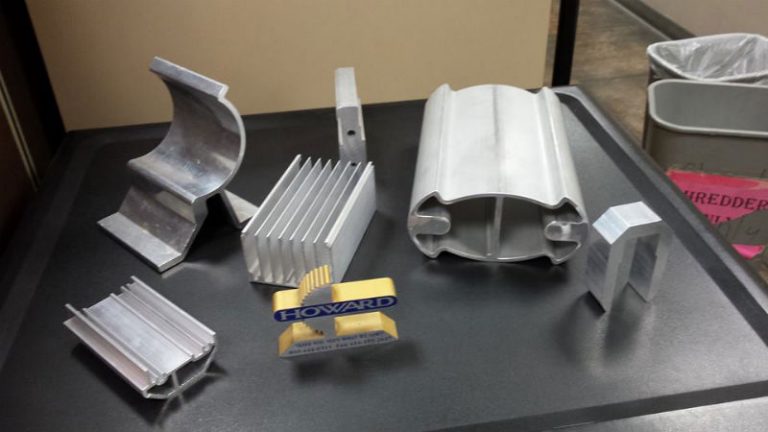Metal tubing comes with many advantages these days. In fact, it is made in many shapes and sizes, thanks to modern extrusion methods. If you are designing or building a project which needs strong and durable support, square tube is one of the best choices you can make. But should you go with steel or aluminum square tubing? Here are some of the upsides and downsides of both materials, to consider.
Steel
Steel is one of the strongest materials you can buy today. It can handle a great deal of stress and still provide adequate structural support. However, if you must use a great deal of steel you may have problems with the weight, because steel is quite heavy.
Perhaps the most important tubing feature to consider is cost. Steel is one of the least expensive materials you can use. In fact, it is considerably cheaper than the alternatives and when cost is the most important issue, steel usually wins out.
One of the biggest concerns with steel is corrosion issues. For example, unless it is protected with a durable finish, steel can begin rusting after just one exposure to moisture or chemicals. This can be a concern with some structures.
Aluminum
If you are thinking about using aluminum square tubing you will pay more for this material than steel. However, aluminum is one of the best metals you can use for resisting corrosion. Even in highly corrosive environments, it usually performs well. In fact, many types of aluminum materials are finished by creating an outer layer of aluminum oxide to increase the ability to resist corrosion. This is known as anodizing.
When weight is an issue, aluminum is the best choice. In fact, it is very strong and lightweight. Some alloys are nearly as strong as steel and are used for main support beams where corrosion is a major problem.
Welding aluminum can sometimes be problematic, depending on the alloy. However, steel is easily welded and is easier to work with during installation.
Are There Alternatives?
Some companies choose an alternative to steel and aluminum square tubing. This alternative is known as stainless steel. With stainless steel, you get all the good properties of steel, like strength and workability. In addition, you receive the corrosion resistance of aluminum because stainless steel contains chromium. Stainless steel is often used where sanitation is a must because it does not react to food materials. However, there is one drawback to stainless steel and it is cost. It is more expensive than aluminum or carbon steel.


